
When the deadly COVID-19 pandemic ravaged the world in 2024, both structural and localized cracks in the medical infrastructure all around the globe quickly became pronounced. With hospitals and health centers overwhelmed, demand for protective and diagnostic medical equipment soared.
Here are seven major medical equipment groups that were most widely used in the most intensive months of the pandemic. Note that the information enclosed is purely for informational purposes. For the latest news and emergency COVID-19 preparedness tips from medical experts, visit the CDC website.
1. Testing Kits
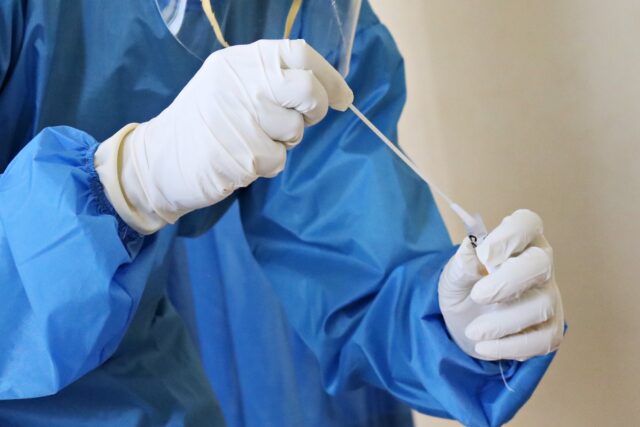
COVID testing kits are primarily of two types: Diagnostic Tests and Antibody Tests. While diagnostic tests detect whether you have an active infection, antibody tests look for the antibodies generated by your immune system in response to the COVID-causing SARS-CoV-2 virus.
Molecular tests and antigen tests are the diagnostic tests used for the general public, who seek to know if they have an active COVID-19 infection and require quarantine or isolation.
Antibody tests are concentrated among the recovered patients and for large-scale surveys.
2. Testing and Monitoring Devices
Medical Equipment for screening and monitoring are the go-to devices in immediate patient care. These include testing supplies and equipment such as laboratory reagents. Also included are:
- Portable Pulse oximeter with accessories,
- Thermometers
- Swabs and testing tube containers
- Binaural stethoscopes, and
- Portable single-use Electrocardiograph with accessories.
Basic, intermediate, and advanced patient monitor multiparametric with accessories for non-invasive blood pressure (NIBP), oxygen saturation (SpO2), ECG, respiratory rate (RR) and temperature (TEMP), and invasive blood pressure (IBP) are used throughout the duration of the active medical care in the hospital.
3. Infrared and Digital Thermometers
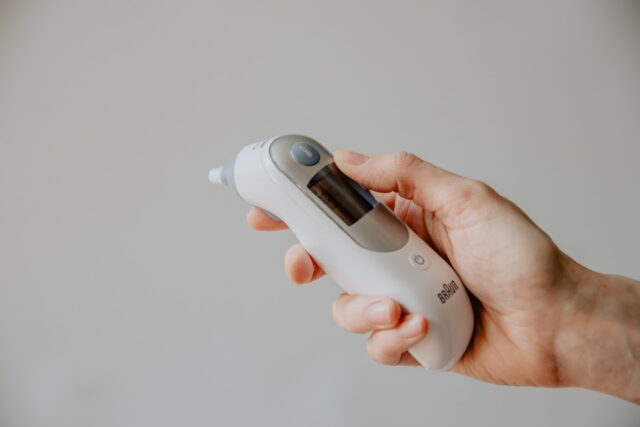
Infrared thermometers are widely used in places where there is little ventilation or a large crowd. These portable thermometers were used in areas like the subway station and shopping centers.
Originally used for squirming children in the pediatric wing, the infrared thermometers became a popular tool for mass screening: they can measure body temperature accurately without any physical contact.
Digital thermometers are mostly used in patient care diagnostics. Digital ear thermometers are popular choices for home use, especially among children and infants. No-touch forehead digital thermometers are also gaining ground in the market.
4. Oxygen Therapy Devices
Oxygen concentrators and portables tanks with accessories were among the most widely used medical devices for oxygen therapy. Its popularity owes to the fact that this WHO-recommended (World Health Organization) device provides at least 5 liters per minute and has power surge protection, making it ideal for severe to critically ill patients.
Additionally, this became a life-saving treatment for people with little access to medical facilities because the administration of oxygen through concentrators does not explicitly require trained medical staff.
Other sources of oxygen, such as pressure swing adsorption (PSA) plants, containing industrial-use psa oxygen concentrator sieve bed to filter oxygen from nitrogen-rich air, with liquid oxygen thermos as optional accessories, click here to visit their website. Such equipment requires special infrastructure and piped lines inside health facilities and trained medical professionals to operate.
5. PPE (Personal Protective Equipment)
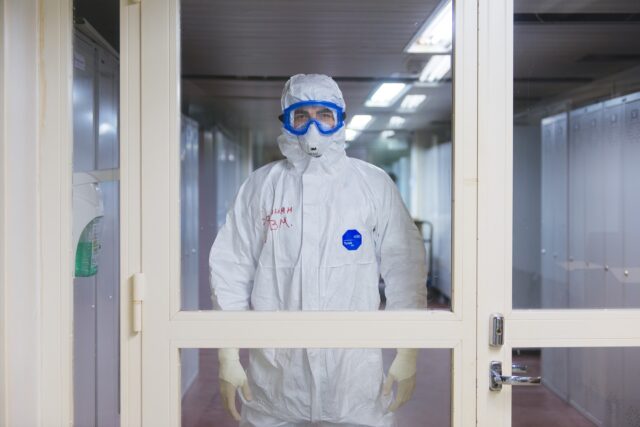
Surgical, medical, and general use masks became essential commodities almost overnight, with non-medical masks leading in sales after recommendations from infectious disease and medical experts.
Single-use surgical masks were not recommended to the general public because of a shortage of supplies to healthcare professionals. While healthcare workers wear surgical masks for general use, respirator masks such as N95 and FPP masks are reserved for situations and procedures that produce aerosol sprays.
Single-use protective equipment is used by frontline healthcare workers to prevent the spread of the disease. The disposal of such equipment is a huge environmental burden and is closely regulated by the FDA. The personal protective equipment includes:
- Face shields
- Protective goggles
- Sterile surgical gowns
- Non-sterile isolation gowns
- Aprons
- Plastic bags
- Sterile and powder-free surgical gloves
- Non-sterile medical examination gloves
are essential for both frontline workers and medical professionals.
6. Ventilators
Demand for both invasive and non-invasive ventilators catapulted with supply shortages leading to dire situations in many parts of the world. Soon, industrial-use oxygen concentration materials were diverted to produced medical-grade oxygen.
Ventilators for sub-acute care, for both adult and pediatric care along with necessary accessories, are used mainly for non-invasive procedures to retain patients’ natural resilience. However, in the case of emergencies, these ventilators provided invasive ventilation to severe and critically ill patients.
Mechanical ventilation to perform invasive ventilation and provide a high-pressure oxygen inlet for critical patients in the ICU requires trained staff. Demand for ICU-compatible ventilators (tracheostomy required) skyrocketed in the early stages of the pandemic when treatment options were scarce.
BiPAP units
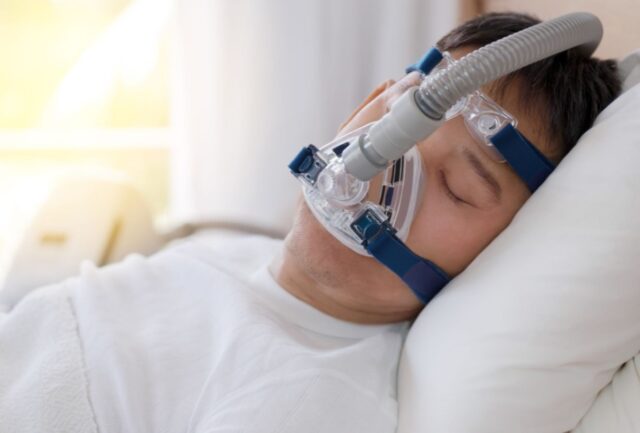
Bilevel Positive Airway Pressure (BiPAP) unit, for adult and pediatric care, along with necessary accessories, requires a special mask for the patient and special protection for the health care worker. This non-invasive ventilation is preferred for feeble, critically ill patients.
HFNC devices
For patients with severe lung blockage, High-flow Nasal Cannula (HFNC) along with tubing necessary accessories. The device can provide more than 50 liters/min, as prescribed by the attending physician.
7. Oxygen Delivery Devices’ Accessories
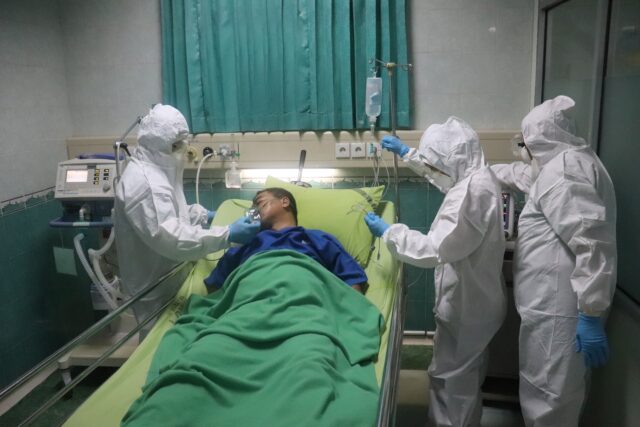
Accompanying accessories for ventilator equipment includes:
- Non-heated bubble humidifier
- Tubing
- Medical gases
- Venturi mask
- Nasal oxygen cannula, with prongs
- Compressible self-refilling ventilation bag
- Reservoir bag and valve
- Sterile nasopharyngeal airway tubes of various sizes
- Flow splitter
- Flowmeters
- Thorpe tubes
Such accessories for oxygen delivery require perfect compatibility with respective equipment connectors.
Conclusion
The increasing number of COVID-19 patients requiring intensive care is once again on the rise, thus increasing the demand for respirators and other equipment used to treat infected patients in critical conditions.
Follow appropriate guidelines set by local and federal authorities, wash your hands frequently, and avoid crowded places. Find and contact your local health department if you are exhibiting symptoms of COVID-19 or require a test with a proper COVID testing kits. Get your shot of the vaccine to protect yourself and your community. And always use a sanitizer!







